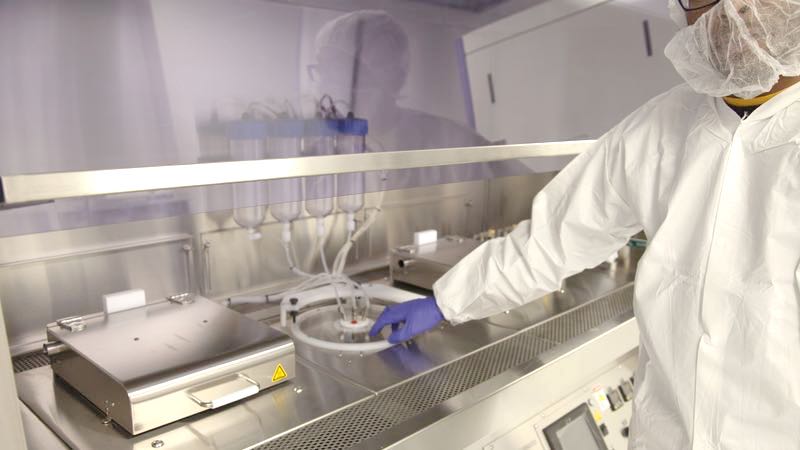The NYU Tandon, the engineering and applied sciences school of New York University (US), has announced the opening of its first cleanroom where scientists and engineers from across greater New York (US) will fabricate advanced materials and devices on the micro- and nano-scale.
A cleanroom fabrication facility is essential to experiments in nanotechnology, quantum computing, and minute biosensors that could revolutionize medicine, ultra-fast electronics, hardware that is secure from hackers, and much more.
Located at NYU Tandon's Rogers Hall at 6 MetroTech Centre, in Downtown Brooklyn, the NanoFab cleanroom is scheduled to begin full operations later this spring.
Rated as a Class 1000 cleanroom (ISO Class 6), the lab will maintain an environment of fewer than 1,000 particles larger than 0.5 microns per million – compared to 100 times that level of dust and pollutants in the normal environment.
The 2,300 sq ft facility will provide fabrication equipment and instruments in a nearly dust-free environment for researchers throughout New York University, as well as other local universities and industry. New York's burgeoning tech-startup community is expected to benefit in particular, through access to instruments that small companies could never afford.
"NYU Tandon is proud to bring this vital research and education facility to the University and our community," said Katepalli R. Sreenivasan, NYU Tandon's dean and a physicist. "It will open as-yet unimagined opportunities to students, faculty, our Future Labs' entrepreneurs, and innovators throughout Brooklyn and New York.
"Fabrication labs are becoming essential to discovery at leading science and engineering universities, and our professors are poised to conduct important research here, as well as to educate students about cutting-edge fabrication processes. We have taken a first important step in this direction," he concluded.
Manufacturing and research
The NYU Tandon NanoFab Cleanroom adds to the network of facilities in the city that are enabling innovative research throughout the city. It was designed from the start to complement cleanrooms at Columbia University and the City University of New York's NanoFabrication Lab, both in Manhattan.
NYU teams already conducting research at the Columbia and CUNY cleanrooms are expected to transfer some of their work to the NYU Tandon site, and researchers from those universities and others will be invited to make use of the NanoFab Cleanroom.

A key instrument in the NYU Tandon NanoLab Cleanroom is the Electron Beam Resist Spin Coater, which fabricators can use to spincoat electron beam resist onto substrates in preparation for electron-beam lithography. Photo NYU Tandon/Andrew Chavez
The first teams scheduled to use the NanoFab CleanRoom from NYU will include researchers in biomedical, chemical, electrical and mechanical engineering; medicine; and physics.
The lab contains state-of-the-art microelectronics processing equipment and atomic force microscopy for a wide range of research activities including spintronics, nanoelectronics, biosensors, lab-on-a-chip technology, energy devices such as solar cells and batteries, biotechnology, microelectronics, and telecommunications.
As a single example of its potential, researchers will be able to build and test prototypes as they develop biomedical sensors that are small, flexible, able to transmit data at high speeds, and use little power – suitable for advancing understanding of the brain, perhaps, or to diagnose from afar. Other researchers will be testing devices to search for cancer at the cellular and molecular levels.
Construction of this facility was funded in part with $1 million from the City of New York Office of the Brooklyn Borough President as well as a $2.5 million grant awarded by the Higher Education Capital Matching Grants Program administered by the Dormitory Authority of the State of New York (DASNY).




